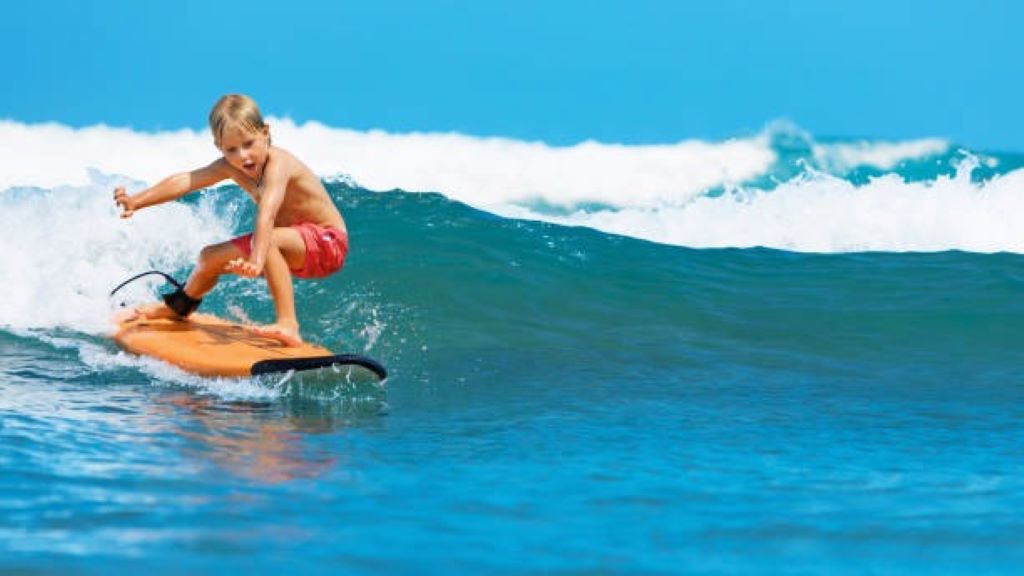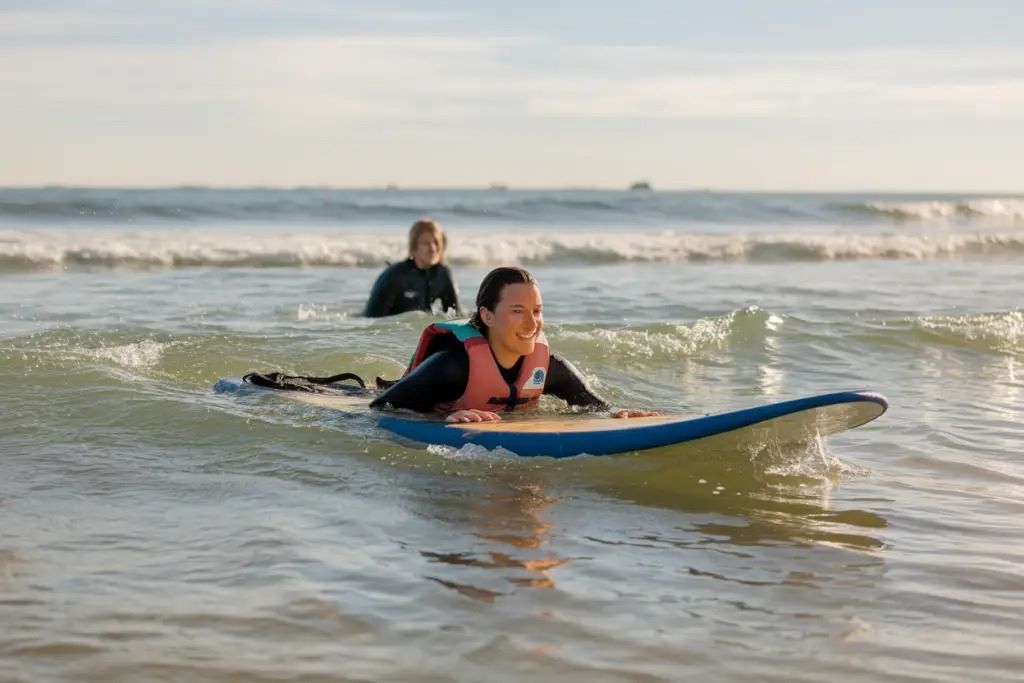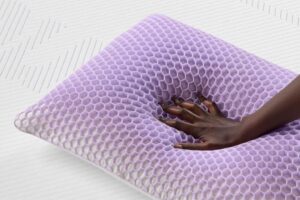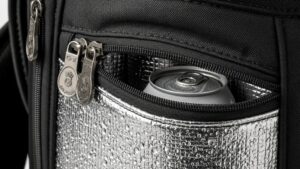Is an 8 Foot Surfboard Right for a 12 Year Old? What You Need to Know

Choosing the right surfboard for a young surfer can feel overwhelming for parents and guardians. With countless options available in the market, determining the appropriate size becomes crucial for both safety and skill development. Many families wonder about larger boards and their suitability for children, particularly when considering longer options that might seem appealing for their stability and wave-catching ability.
The question of whether can a 12 year old ride an 8 foot surfboard depends on several important factors that go beyond just age. These include the child’s height, weight, swimming ability, surfing experience, and physical strength. While an 8-foot board might work for some 12-year-olds, it could be completely inappropriate for others, making individual assessment essential.
Understanding the relationship between board size and rider characteristics helps ensure a positive surfing experience. Additionally, the type of waves your child will be surfing, their confidence level in the water, and their long-term surfing goals all play important roles in this decision. Therefore, taking time to evaluate these factors will lead to better equipment choices and safer surfing sessions.
Key Factors to Consider for Young Surfers
Several critical elements determine whether an 8-foot surfboard suits a 12-year-old surfer. First and foremost, the child’s physical dimensions matter significantly. A typical 12-year-old weighs between 70-120 pounds and stands roughly 4’6″ to 5’2″ tall. However, these measurements can vary considerably, making individual assessment necessary rather than relying solely on age.
Furthermore, surfing experience plays a crucial role in board selection. Beginners require different characteristics than intermediate surfers, regardless of age. An 8-foot board offers excellent stability and wave-catching ability, which can benefit learning surfers. Nevertheless, the increased length also means more weight and bulk to manage, potentially creating challenges for smaller or less experienced riders.
Swimming ability and water confidence cannot be overlooked when selecting surfboard size. Moreover, the child’s physical strength and coordination affect their ability to handle larger boards effectively. An 8-foot surfboard typically weighs between 15-25 pounds, depending on construction materials, which some 12-year-olds might find difficult to carry and maneuver.
Advantages of 8-Foot Surfboards for Young Riders
Longer surfboards provide several benefits that make them attractive options for young surfers. The increased length offers superior stability, making it easier to maintain balance while learning fundamental surfing techniques. This stability can boost confidence and accelerate the learning process for many children.
Additionally, 8-foot boards excel at catching waves due to their larger surface area and buoyancy. This characteristic means young surfers can catch more waves during each session, leading to increased practice time and faster skill development. The extra length also provides more room for foot placement, allowing growing children to adjust their stance as they develop.
However, parents should consider that the advantages of longer boards come with trade-offs. While thesurfingvillage.com and other surfing resources often highlight the benefits of larger boards for beginners, the increased size can present challenges in certain situations. Therefore, weighing these pros and cons becomes essential for making informed decisions.

Potential Challenges and Limitations
Despite their advantages, 8-foot surfboards present several challenges for 12-year-old surfers. The increased weight and bulk can make transportation difficult, requiring adult assistance to carry the board to and from the water. This dependency might limit the child’s independence and enthusiasm for surfing.
Furthermore, maneuvering larger boards in the water requires more physical strength and technique. Turning and controlling an 8-foot board demands greater leverage and skill than shorter alternatives. Consequently, some young surfers might struggle with board control, potentially leading to frustration or safety concerns.
The size can also pose challenges in crowded surf conditions. Longer boards require more space to maneuver safely, and young surfers might find it difficult to navigate around other surfers effectively. Moreover, duck diving becomes significantly more challenging with longer boards, limiting the child’s ability to paddle through breaking waves.
Alternative Surfboard Options
Considering alternatives to 8-foot boards often provides better solutions for 12-year-old surfers. Boards in the 6 to 7-foot range typically offer an ideal balance of stability and maneuverability for young riders. These mid-length options provide sufficient stability for learning while remaining manageable in terms of weight and handling.
Soft-top surfboards deserve special consideration for young surfers, regardless of length. These boards feature foam construction that reduces injury risk during wipeouts and collisions. Additionally, soft-tops are generally lighter than traditional fiberglass boards, making them easier for children to handle independently.
Width and thickness also matter significantly in board selection. A shorter board with extra width and thickness can provide similar stability to a longer, narrower board while offering better maneuverability. Therefore, focusing on volume rather than just length often yields better results for young surfers.
Making the Right Choice
The decision to choose an 8-foot surfboard for a 12-year-old should be made individually, considering all relevant factors. Parents should evaluate their child’s physical development, swimming ability, surfing experience, and personal preferences. Additionally, consulting with local surf shops or qualified instructors can provide valuable insights specific to local surf conditions.
Trial periods or rentals offer excellent opportunities to test different board sizes before making a purchase. Many surf shops provide rental options that allow families to experiment with various lengths and styles. This approach helps identify the most suitable option while avoiding costly mistakes.
Moreover, considering the child’s growth trajectory makes sense for long-term planning. A board that fits perfectly today might become too small within a year or two. Therefore, some parents opt for slightly larger boards that children can grow into, provided they can handle them safely from the start.
Safety Considerations and Best Practices
Safety must remain the top priority when selecting any surfboard for young surfers. Ensuring proper supervision, appropriate surf conditions, and safety equipment like leashes and helmets contributes to positive surfing experiences. An 8-foot board can be safe for a capable 12-year-old under proper conditions and supervision.
Regular equipment checks help maintain safety standards throughout the surfboard’s lifespan. Additionally, teaching proper surfboard handling, water safety, and surf etiquette prepares young surfers for independent surfing adventures as they mature.
Also Read: Ditch the Wax: Real Solutions to Grip Problems in Surfing Without the Sticky Mess
Frequently Asked Questions
What is the ideal surfboard length for a 12-year-old beginner?
For most 12-year-old beginners, a surfboard between 6 to 7 feet long provides the best balance of stability and maneuverability. This length offers enough stability to learn fundamental skills while remaining manageable for young surfers to handle independently.
How much should a 12-year-old’s surfboard weigh?
A surfboard for a 12-year-old should ideally weigh between 10 to 18 pounds. This weight range allows most children to carry and maneuver the board effectively while still providing sufficient stability and wave-catching ability.
Can a 12-year-old handle an 8-foot surfboard in small waves?
Yes, many 12-year-olds can handle an 8-foot surfboard in small, gentle waves, especially if they have some surfing experience and adequate physical development. However, individual assessment of the child’s abilities is crucial before making this decision.
What type of surfboard construction is best for young surfers?
Soft-top foam surfboards are generally the safest and most appropriate choice for young surfers. They reduce injury risk during falls and collisions while being lighter and easier to handle than traditional fiberglass boards.
How do I know if my child has outgrown their current surfboard?
Signs that a child has outgrown their surfboard include difficulty catching waves, the board feeling unstable, or the child appearing cramped when standing on the board. Additionally, if the board seems too easy to maneuver and lacks challenge, it might be time to consider a larger option.
Conclusion
Determining whether an 8-foot surfboard is appropriate for a 12-year-old requires careful consideration of multiple factors beyond just age. While some physically developed and experienced young surfers can successfully ride longer boards, others will benefit more from shorter, more manageable options. The key lies in honest assessment of the individual child’s abilities, physical development, and surfing goals.
Parents should prioritize safety, proper fit, and long-term enjoyment over any perceived advantages of larger boards. Consulting with surf professionals, testing different sizes, and focusing on the child’s comfort and confidence will lead to better decisions. Remember that the best surfboard is one that allows young surfers to progress safely while maintaining their enthusiasm for the sport. Therefore, taking time to make informed choices will contribute to positive surfing experiences that can last a lifetime.
Read More: Best Surfboard Wax Remover Hacks to Keep Your Board Fresh








